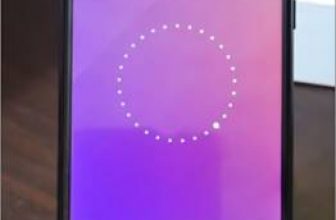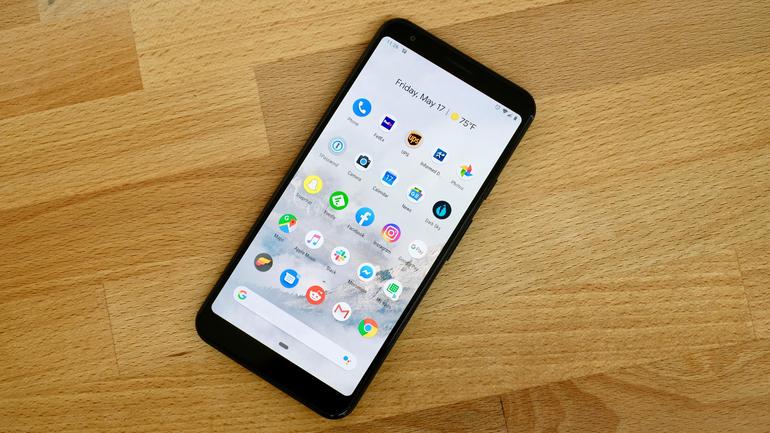iOS vs ANDROID
TWO OPERATING SYSTEMS EACH WITH UNIQUE STRENGTHS
CONTRADICTORY STATISTICS INDICATE EXTENT OF RIVALRY
Two reports recently emerged shedding some light on not only how tight the competition continues to be between the operating systems of iOS and Android, but also how dramatically Apple and Google differ in their mobile strategies. For, while 2016’s third quarter saw Android’s share of the smartphone market reach nearly 88%, it also saw Apple’s iPhone line take over 100% of the market’s profits.
ANDROID: A LEADER, BUT A HOLLOW ONE
Fresh data from Strategy Analytics could have led many observers to believe that Android has pretty much sewn up the smartphone market. After all, the data revealed that Android was on a mammoth 87.5% of smartphones shipped during the just-gone quarter; that compared to the 12.1% share that Apple’s iOS took in the same period.
Indeed, Woody Oh, Director at Strategy Analytics, unsurprisingly remarked that Android’s lead “looks unassailable”, adding that the system’s “low-cost services and user-friendly software remain attractive to hardware makers, operators and consumers worldwide.” However, the true picture of the smartphone market is a lot more complex than these figures alone would suggest. What company is making most of the profits in this sector?
The answer is, by an amazingly long chalk, Apple. Analysts at BMO Capital Markets have estimated that, during that same quarter, Apple captured 103.6% of those profits. While
Samsung had the second highest slice of profits, the failure and withdrawal of the explosion-prone Galaxy Note 7 meant that the South Korean giant’s share was a mere 0.9% this time around. Most smartphone vendors actually lost money on smartphones, which explains why Apple’s share was able to exceed 100%.
APPLE IS ALSO FINANCIALLY HELPING DEVELOPERS MORE
It’s a similar story when it comes to which system’s official app outlet makes the most money. Looking back at the third quarter, while Android’s Google Play was responsible for 70% of app downloads, the iOS App Store still amassed 65% of the revenue, mobile analytics firm App Annie has reported. The generally greater affluence of iPhone owners likely helps to explain such discrepancies; Android remains especially strong in emerging markets.
Another reason for the rather lopsided makeup of the smartphone market is that, quite simply, Apple and Google are employing deliberately different strategies. It’s a proxy war, if you will, albeit one that could soon noticeably change following the release of Google’s own-brand Pixel and Pixel XL handsets… but we’ll return to the subject of them later. For now, we’re going to scrutinize how iOS and Android have each reached their particular positions.
A TALE OF TWO BUSINESS MODELS
In fact, Google itself appears to be among the many companies distantly trailing Apple when it comes to revenue from smartphones. In January, a lawsuit between the search giant and Oracle saw a lawyer for the latter claim that, in its entire lifetime, Android has made $31 billion in revenue for Google. The mention of billions of dollars makes this figure seem impressive -but Apple has easily bettered it.
As Quartz observed following this revelation, Apple’s iPhone generated $32.2 billion in sales during the third quarter of 2015. This was, at the time of the Quartz report, the most recent quarter for which Apple had announced its financial results. This means that, yes, Apple has made more money from the iPhone in a single quarter than Google has made from Android during the entire period it has been part of the company’s portfolio.
Now, this is actually – to use a half-pun – an apples-to-oranges comparison, albeit one that remains very interesting for the great differences that it reveals about the mobile strategies of Apple and Google. Apple made this money from sales of the iPhone hardware, while Google, until recently, didn’t make its own hardware, instead bringing in money from Google Play and advertisements displayed on Android phones.
Apple’s hardware-first approach has likely, as observed by 9to5Mac, helped it to command high margins, while also enabling it to avoid the advertising model on which Google is much more reliant. Google’s approach was even recently criticized by Apple co-founder Steve Wozniak, who at the Festival of Marketing in October, said that genuine marketing was defined by “understanding what people want in products”, adding: “Google primarily makes money off advertising, while Apple makes [it from] good products – there’s a big difference.”
THE EMERGING BATTLE OF iPHONE VS PIXEL
Nonetheless, there is one big sign that Google might be shifting its strategy, if only slightly: its announcement of its first own-brand smartphones, the Pixel and Pixel XL, in October. At first glance, these phones appear to have a lot in common with the iPhone: they come in “standard” and “phablet” sizes, are pretty impressive as far as camera technology goes, and will support years of updates to the operating system. Then, there’s the premium pricing, which starts at $649.
However, it’s from its services that Google largely makes its money – and there’s no doubt that the Pixel handsets are geared towards encouraging use of those services. So, the Siri-like Google Assistant is included, as are the Google Alio and Duo messaging services. The phones are also ready for use with Google’s virtual reality platform Daydream, and photos can be backed up in full quality to the Google Photos cloud service. There are plenty of indications, then, that Google is happy to have its cake and eat it.
Still, it remains to be seen how quickly Google will make inroads into Apple’s huge share of the smartphone market’s profit pool. After all, the Android purveyor is playing catch-up with its Cupertino rival here; the Pixel phones suffer a few notable omissions in comparison to the iPhone 7 and iPhone 7 Plus. These include optical image stabilization for snapping life-like photos and the same level of water resistance. Indeed, with Google having reportedly rushed out the phones in just nine months, it’s a slightly clumsy, if still promising, start.
APPLE TRANSITIONS INTO A SERVICES COMPANY
Yet, Apple also appears to be gradually shaking up its long-established formula for success.
The company evidently remains determined to protect its enviable profit margins, having reportedly opted against refreshing the relatively low-cost iPhone SE for 2017’s second quarter. However, Apple’s services business, including the ¡Tunes Store, Apple Music and Apple Pay, has achieved impressive growth.
In fact, after the disclosure of Apple’s financial results for the third quarter of the 2016, CEO Tim Cook told CNBC that this services business alone will be “the size of a Fortune 100 company by next year”. During that quarter, services had brought Apple $5.976 billion in revenue – 19% higher than in the same quarter a year earlier. In the following quarter, that revenue reached $6.3 billion, representing a further 24% in year-on-year growth.
Does this seem familiar? Probably yes, because it’s closer to a Google approach than what Apple has utilized in years past. In truth, as both companies work hard to continue growing their revenues, it’s not obvious why either should adhere to a primary focus on either hardware or software when they can instead extensively draw upon the benefits of both. That’s probably going to make the contest between iOS and Android even closer over time, further increasing the difficulty of discerning which operating system is truly “winning”.
by Benjamin Kerry & Gavin Lenaghan





